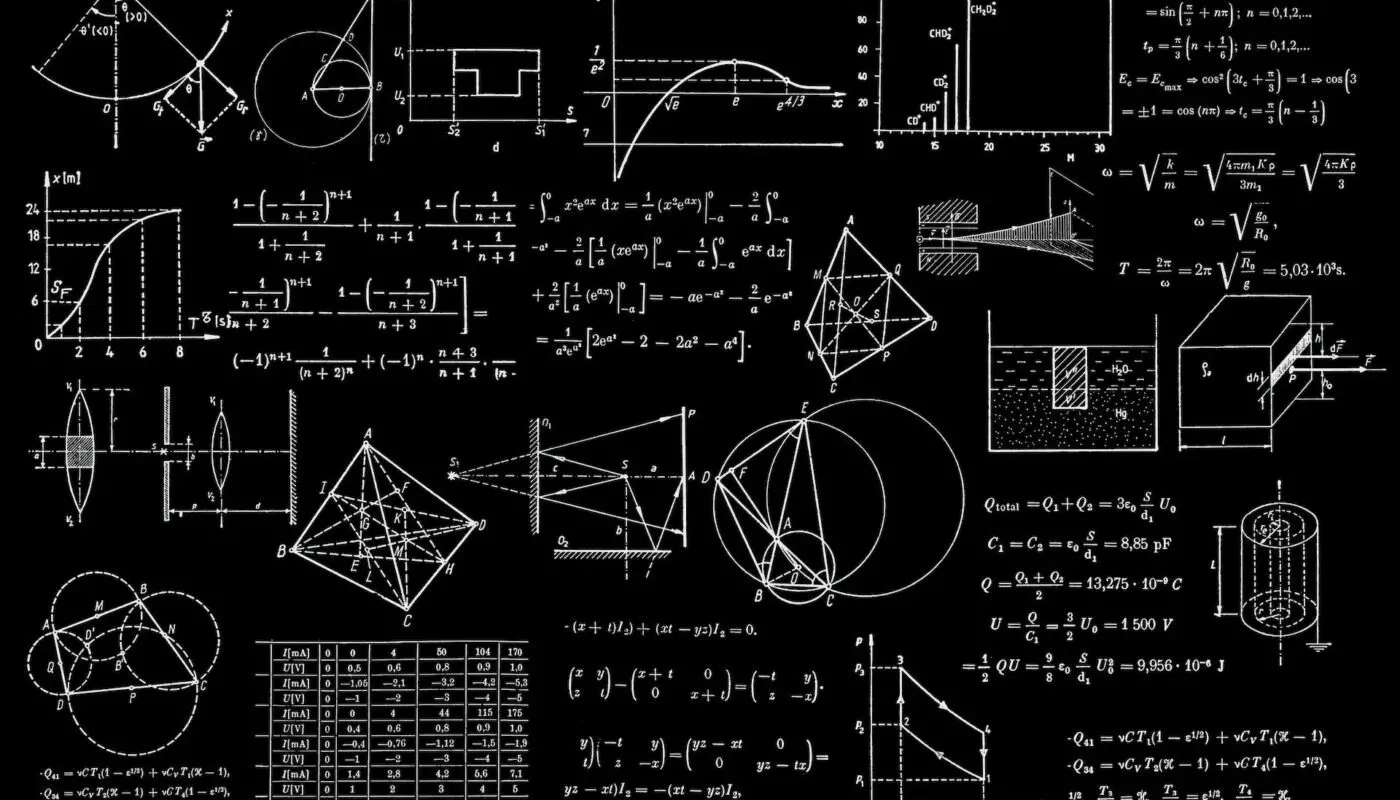In early childhood education, creating an environment conducive to learning involves more than just structured lessons. Preschool cubbies offer an innovative and interactive approach to teaching early math and literacy skills. These simple storage solutions can be transformed into powerful educational tools, facilitating learning in a fun and engaging manner. This article will discuss how cubbies can be used to enhance early education, focusing on math and literacy skills.
Learning Sorting and Categorization
Cubbies provide a perfect opportunity for young children to learn sorting and categorization, essential skills in early math. Teachers can encourage children to organize their belongings in cubbies based on different criteria such as color, size, or type. This activity keeps the classroom tidy but also aids children develop critical thinking and classification skills. Sorting objects into designated cubbies can be a fun and interactive way for children to understand the concept of grouping and categorization, laying a foundation for mathematical reasoning. This exercise also enhances children’s decision-making skills as they determine the appropriate criteria for sorting various items.
Counting and Number Recognition with Cubbies
Preschool cubbies can be used to teach counting and number recognition. Assigning a number to each cubby and having children place the corresponding number of items inside is an excellent way to reinforce these concepts. This approach combines visual and tactile learning, as children can see the numbers and physically count the items. Such activities help develop number sense and an understanding of basic math concepts practically and engagingly. This method can include simple addition and subtraction exercises, using the cubbies to represent these mathematical operations visually.
Introducing Basic Geometry and Spatial Awareness
The physical structure of cubbies, with their distinct shapes and compartments, can serve as a tool for introducing basic geometry and spatial awareness. Teachers can use the cubbies to teach about shapes, sizes, and spatial relationships. Activities like fitting objects into different cubbies can help children understand concepts like bigger and smaller, inside and outside, and above and below. These hands-on experiences are crucial for developing spatial reasoning skills in young learners. Teachers can incorporate discussions about the cubbies’ shapes, such as rectangles or squares, further enhancing geometric understanding.
Enhancing Literacy Skills Through Labeling
Labeling each cubby with words or letters is a simple yet effective way to enhance literacy skills. Children can learn letter recognition, phonics, and even basic word formation through daily interactions with their labeled cubbies. For instance, placing items that start with a particular letter into a labeled cubby reinforces letter-sound associations. This method promotes an immersive learning environment where literacy is integrated into everyday activities. Furthermore, children can be encouraged to label their cubbies, which supports writing skills and a deeper understanding of the connection between spoken and written language.
Storytelling and Creative Expression
Cubbies can be transformed into storytelling and creative expression corners. Teachers can place different thematic items or story elements in various cubbies and encourage children to create their stories based on these elements. This activity fosters creativity, imagination, and narrative skills, which are fundamental aspects of literacy. Children learn to express themselves, sequence events, and use language in a meaningful context. Such activities enhance language skills and encourage emotional expression and empathy as children create and share stories that may reflect their experiences and feelings.
Incorporating Games and Interactive Learning
Games and interactive learning activities using cubbies can make education enjoyable and memorable for preschoolers. Simple games like ‘find and fetch’ from a numbered or lettered cubby, memory games using objects in the cubbies, or matching games enhance both math and literacy skills. These games encourage active participation, peer cooperation, and learning through play, which is highly effective in early childhood education. For example, a matching game where children find pairs of items with the same beginning letter or number in different cubbies can be fun and educational.
Developing Responsibility and Independence
Using cubbies as a personal storage space for children’s belongings fosters a sense of responsibility and independence. Encouraging children to care for their cubbies, keep them organized, and remember where they have placed their items helps develop organizational skills. This sense of ownership and responsibility is crucial in building self-reliance and confidence in young learners. It also teaches children the importance of respecting and caring for shared spaces and materials, fostering a sense of community in the classroom.
Conclusion
In conclusion, cubbies are more than just storage spaces; they are versatile tools that can significantly enhance early math and literacy education. Through organizing, counting, storytelling, and interactive games, cubbies offer various opportunities for fundamental skill development. They create a unique learning environment that combines practical life skills with academic concepts, fostering holistic development in preschoolers. Integrating cubbies into the curriculum can make learning more dynamic, interactive, and enjoyable, laying a solid foundation for future academic success.




